Should I Let My Baby Cry if Its Not Time to Eat on the Feed Wake Sleep Schedule
So you have decided to add a baby lizard to your family: congratulations! Getting a new pet is always rewarding, but we understand how intimidating it can be to learn everything you need to know to care for your new pet. That's exactly why we're here: to answer any and all of your questions.
If you're getting a new baby lizard, you're probably curious about what you can do to prepare for your pet. The first thing that you should do is to create an environment where your pet will be happy and comfortable, too.
Once you've completed that, and your baby lizard's environment is all set, it's time to conquer the next part of lizard-prep. In other words, it's time to stock up on some of the food that you will need to properly feed your new friend.
Today, we're going to help you answer the question: what do baby lizards eat? We'll begin by giving you some information about lizards themselves. Then, we'll discuss what type of diet baby lizards follow. After that, we'll share what baby lizards eat and even some common feeding mistakes that you should avoid.
All About Lizards
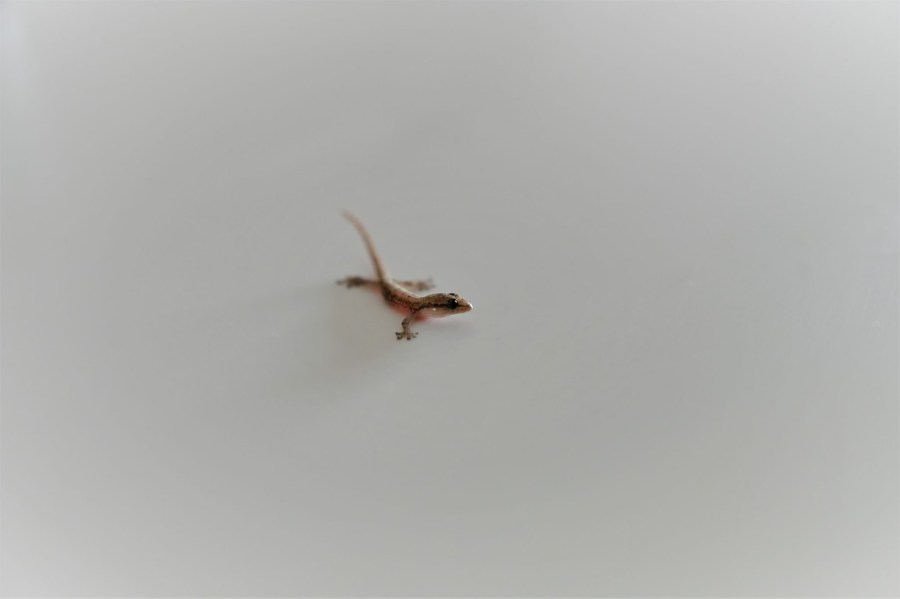
Let's begin with our recap all about lizards. Lizards are part of the reptile class and part of the Squamata order. There are 16 families, over 380 genera, and more than 4,675 species–that's a lot of lizards!
Lizards are actually closely connected to snakes–that's the animal that they're most closely related to. Some lizards actually don't have legs, and therefore, look extremely similar to snakes.
The lizards that walk the earth today look very similar to ancient reptiles that were present during the dinosaur era. The ancestors of these lizards appeared on the earth millions of years ago–over 200 million, to be precise.
Lizards are generally known for their size and shape. These creatures usually have short necks and small heads with a long, lengthy body and tail. They do differ from snakes in a key way: lizards actually have eyelids that move.
You might be wondering what some of the most common lizard types are. These include chameleons, geckos, monitors, skinks, iguanas, Gila monsters, and bearded dragons. There are plenty of different types of lizards, which means that you can definitely find the right one for your home and family if you're seeking a new pet.
Lizards are also extremely widespread. With the exception of Antarctica, you can actually find lizards on every continent. They live in a variety of habitats except for super cold areas and the depths of the oceans.
Most lizards call the ground their home, but others reside in trees, in the water, or in a burrow. Tree-dwelling lizards usually have special toes that help them tackle this lifestyle successfully.
In contrast, burrowing lizards usually have smaller legs or are completely devoid of legs. This allows them to move under the earth more successfully. Marine iguanas spend the majority of their lives underneath the water. They do come to shore to rest, but usually just on a sandy beach or rocks.
The ground gecko is one example of a desert-dwelling lizard. They have unique habits, too. These lizards typically sleep underneath the warm sand during the daytime. At night, they'll make their appearance.
Two of the most important things to get right for your pet lizard are their habitat and their diet. If you've created a comfortable, safe environment for your baby lizard, your next task is to feed them in a way that supports their health and wellbeing.
Let's talk about that now.
The type of diet that your lizard follows (omnivore, carnivore, etc.) depends on the specific type of lizard that you have. Therefore, it's important to complete rigorous research on your individual breed of lizard to be sure that you are following the correct diet. If you give your pet the right food for their species, you will find that they can live a happier, healthier life.
All lizards will fit into one of four feeding groups. You might not be totally familiar with these, so we'll run through those now to give you a better understanding.
Insectivores
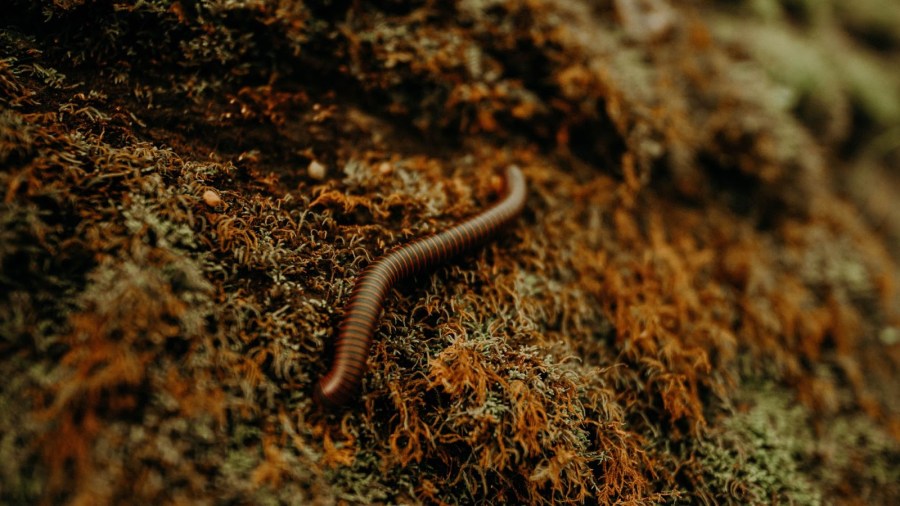
First, we have insectivores. This includes a majority of pet lizards such as anoles, house geckos, and leopard geckos, too. In other words, these pets only consume invertebrates and small insects. Be sure to feed your pet accordingly.
In the wild, an insectivore would typically consume cricket, grasshoppers, moths, ants, and flies. When you keep one of these lizards as a pet, feed crickets, roaches, or even mealworms. Never give your pet an insect from the outdoors; stick to store-bought.
Omnivores
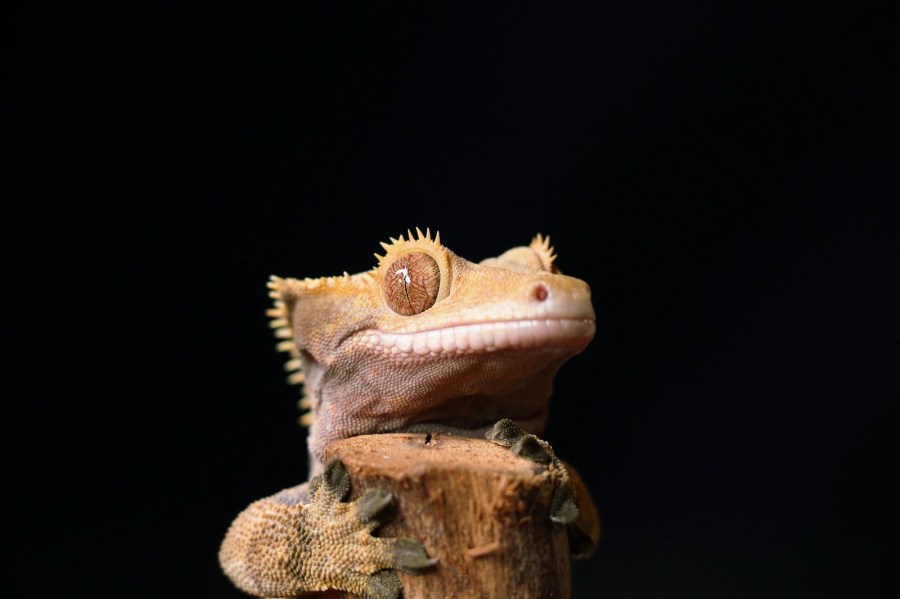
Next, we have omnivores. This includes bearded dragons, blue-tongued skinks, and crested geckos. These animals eat a combination of plants and meat, too. The plants to meat ratio will range from 10-80%. This largely depends on the individual species of lizard.
Your omnivorous lizard will enjoy leaves, small animals, eggs, berries, fruits, and grasses. They require a bunch of variety in their diet. This will help them stay healthy.
Herbivores

After that, we have herbivores. These lizards only eat plants. This is a very rare characteristic, however, as less than 3% of lizards fall into this category. As for pet lizards, the green iguana is the only herbivore.
Carnivores
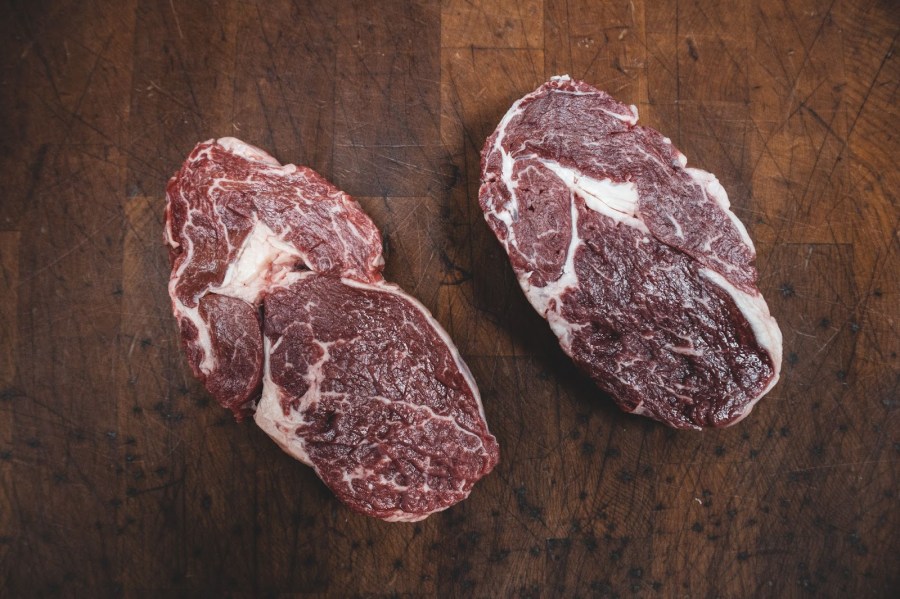
Finally, we have carnivores. These aren't quite as rare as herbivore lizards are, but they're still relatively uncommon compared to omnivores and insectivores, of which there are far more. The largest lizard, the Komodo dragon, is a type of carnivore. They can eat pigs or even deer. Most carnivorous lizards, however, will consume large insects, fish, rabbits, or mice.
What Do Baby Lizards Eat?
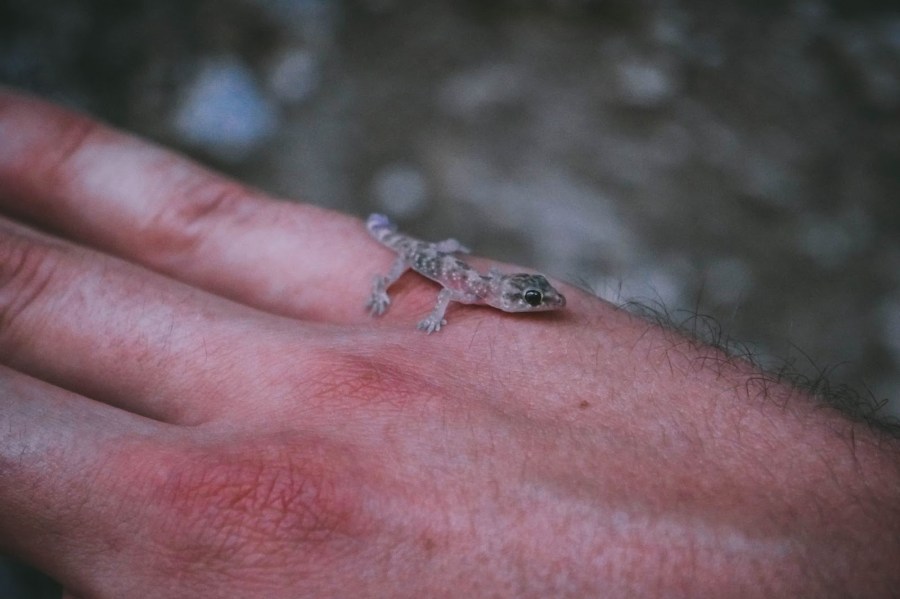
Providing your baby lizard with the correct diet is of utmost importance. Your baby lizard develops their muscular and skeletal systems within the first few months of their life. That means it's your job as their loving owner to support them in their endeavor.
You will notice that a baby garden lizard typically consumes insects and just a few fruits and veggies. As for baby lizards, flightless fruit flies, bottle fly spikes, and pinhead crickets are among the best insects to feed.
Of course, you also want to pay attention to specific feeding instructions for your lizard's breed. Always be cognizant of that. Baby lizards grow much more rapidly than adults. This means that they need to eat more frequently. Also, consider their size. They're much smaller than their adult counterparts. In other words, they're unable to eat the same prey that an adult would, and they also can't go the same amount of time without eating.
Once your lizard is three months old, you can start feeding them less frequently. And keep in mind that feeding your pet baby lizard is just like feeding any other reptile pet. They're not as good as catching live prey, however, so feed from a tiny bowl or dish. It allows your lizard to hunt, ensures that their prey doesn't escape, and allows you to keep a diligent eye on how much of their food that they're consuming.
We do have an important tip: be sure that the prey you're feeding them is smaller than the amount of space in between their eyes. This is a way to ensure that your pet won't choke.
Common Feeding Mistakes
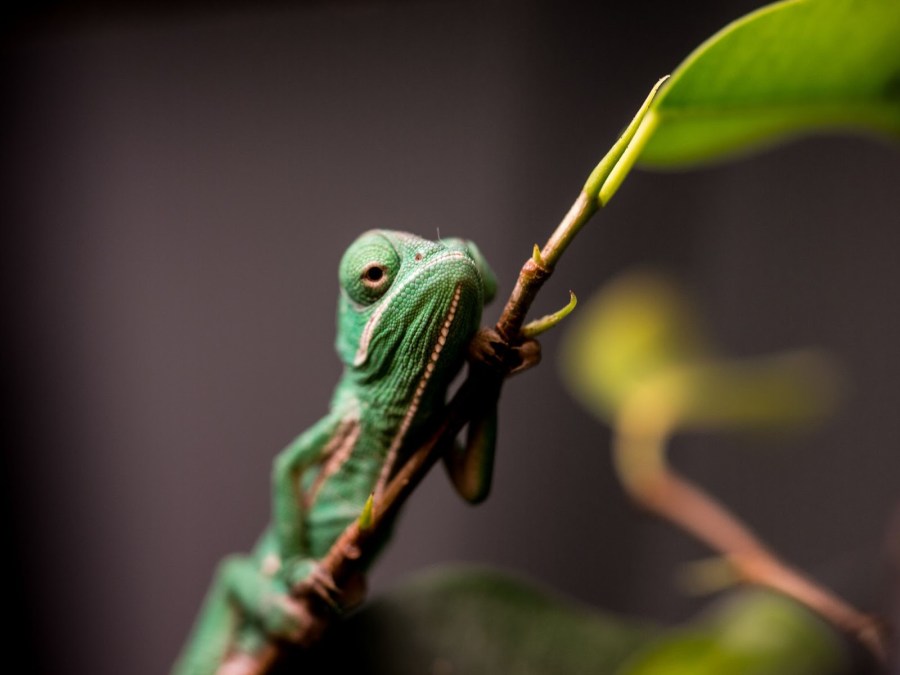
The number one mistake that people make is not giving their lizards enough diet variation. While it's simple to feed your lizard a couple of prey items, variation is necessary. This will allow your pet to get the nutrients that they require. A restricted diet is a bad idea because it can be damaging to your pet's health. This is especially relevant in omnivores.
Your best idea is to feed several foods to your pet and rotate them all throughout the month. Here's an example: you can feed your insectivore lizard a combination of mealworms and crickets for week one and roaches and crickets for the second week. This makes your pet more excited for their feeding time and also gives them a multitude of nutrients.
We also want to mention the importance of giving your pet vitamin supplements. Most captive lizards will require these. If you don't give your pet these, it can result in stunted growth, not to mention potential skeletal and digestive conditions. To fix this, simply dust their food with a multivitamin and calcium powder twice weekly.
Lizard Life
Getting a baby lizard is a rewarding and exciting decision. If you do your research before they arrive, you will be well-versed in all the things that you can do to support their health. We know that you'll be an excellent lizard owner, and if you have any questions about how to feed your new baby pet, we've got you covered right here.
SOURCES:
What Do Lizards Eat? Diet In The Wild And As Pets | Everything Reptiles
Lizard | San Diego Zoo
The Green Iguana | National Geographic
Source: https://www.reference.com/pets-animals/what-do-baby-lizards-eat?utm_content=params%3Ao%3D740005%26ad%3DdirN%26qo%3DserpIndex&ueid=73f9700a-a167-43f8-bc13-0d48128c34f7
0 Response to "Should I Let My Baby Cry if Its Not Time to Eat on the Feed Wake Sleep Schedule"
Enviar um comentário